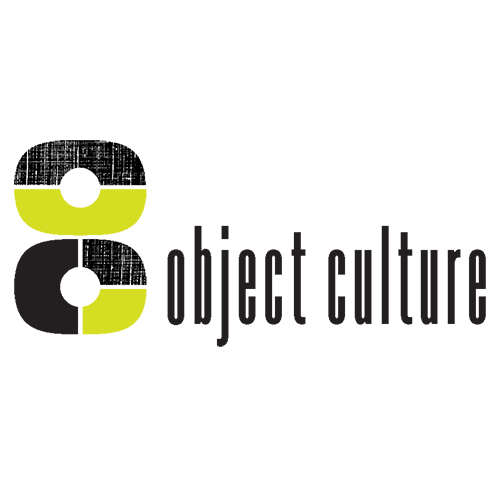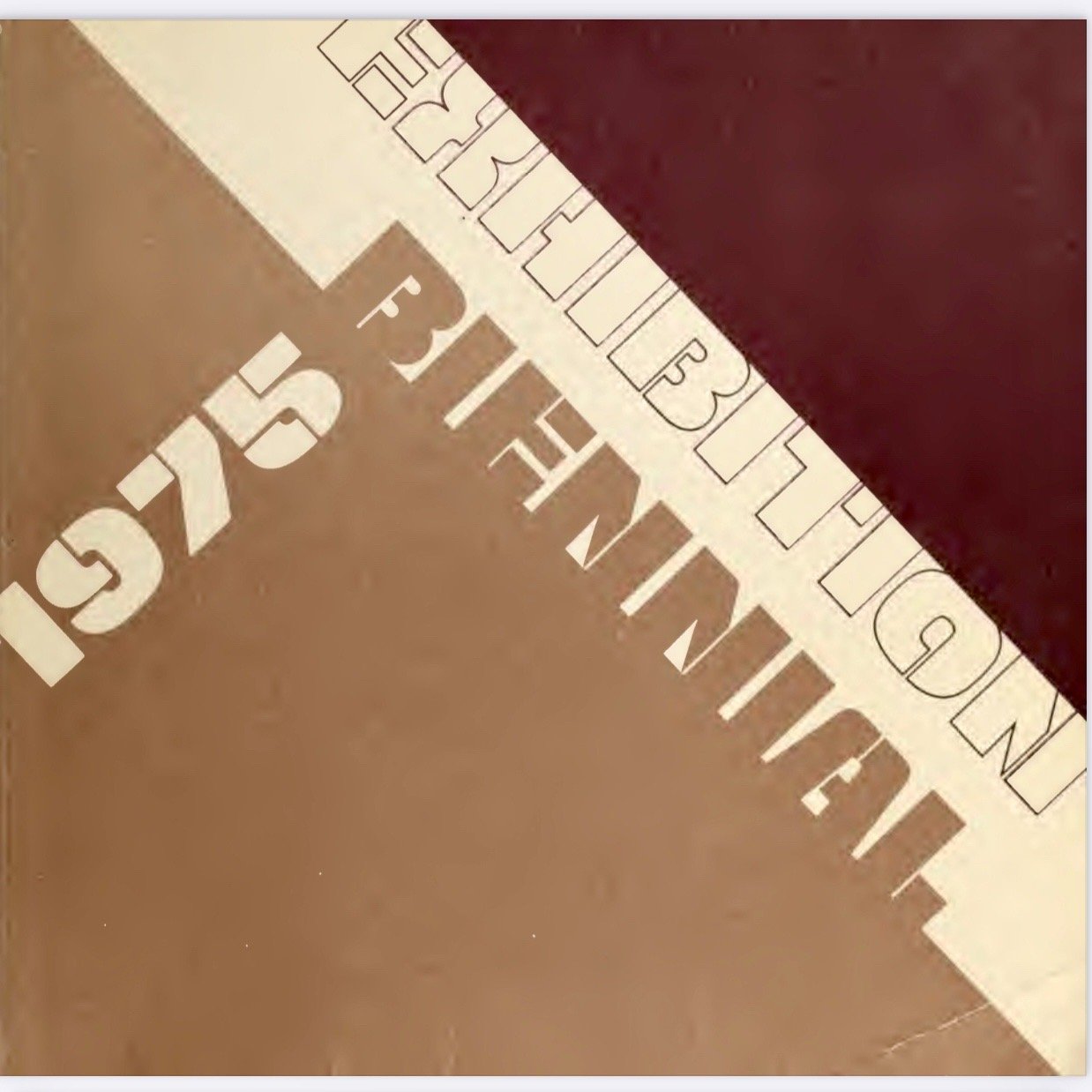David Mackenzie
DAVID MACKENZIE (1942-2020)
David Mackenzie was born in Los Angeles and received both his BFA and MFA from the San Francisco Art Institute, where he studied ceramics, sculpture and painting.
Although quite adept at each discipline, painting was his passion. In fact, early in his career he was contacted by the Victoria and Albert Museum as they were organizing an exhibition on teapots. They had gotten word that David had created a whimsical ceramic teapot shaped like a tea bag, quite humorous to the English as they rarely used tea bags at that time. According to his wife Martha, when asked to lend the teapot to the exhibition, David responded with a firm “no”, and replied “I am a painter, not a ceramicist.”
His work in ceramics did come in quite handy throughout his career in painting, however, as his expertise in mixing glazes and knowledge of the various components led to interesting combinations in paint and other media. He did experiment with various painting styles throughout his career including watercolors, being one of the early adopters of the California “off the stretcher” style of painting in the early 70s which consisted of draped or hanging forms - he even showed in an exhibition of the same name, using cast Rhoplex (a water based acrylic emulsion) in the mid 70s and beyond, and in the later 80s veering toward a more strict and disciplined style, the constructed canvas, where his view of perspective and use of cord and other materials beneath the paints would create visual interest.
One of the early exhibitions that David participated in was “Eat” at the San Francisco Museum of Modern Art in 1967. This show consisted of “food sculpture” by leading local artists, edible art where patrons were welcomed to consume whatever looked tasty, and according to the show organizers was to present “serious commentary on consuming art”. David’s contribution certainly must not have lasted long as it was the welcome mat, made entirely of cake.
1975 Whitney Biennial
Of course, David’s career continued and included many exhibitions and awards. His work was included in the 1975 Whitney Biennial and has been shown in Italy, France, Germany, and Russia. He has received grants from the Pollack-Krasner Foundation and the National Endowment for the Arts.
In reviewing David’s 1980 show at Grapestake Gallery in San Francisco, art critic Al Morch states that “In his newest series of fascinating, non-objective geometric paintings, David Mackenzie once again challenges the mind.
The nine works, of varying sizes, are so complex in terms of composition and color, that even the artist could not adequately explain them in writing when Grapestake owner Tom Meyer asked him to prepare an analysis so that Meyer could better understand the thinking behind them.
Mackenzie should not be faulted for his lack of suitable prose. These works tell no story, yet they exist within themselves. They are a direct dare to one's innate sense of logic and perception; and for me created a beautiful exercise in now-you-see-it, now-you-don't; or did I really see anything at all?
It is terribly difficult art to grasp. In its geometry it is not unlike some of the Constructivist work of the 30s, but there the comparison stops. Mackenzie has given us aberrated bare-bones art, and because the "skeleton" is put together wrong it must be viewed and reviewed (if you care) until the senses get a handle on the artist's purposely illogical progressions of form that boggle the rational intellect. Only then will the pleasure come trickling through.”
In a review off David’s 1989 show at Angles Gallery, art critic Peter Frank proclaims that “MacKenzie, who worked for a long time in San Francisco before moving to New York three years back, sets eccentric hard-edge shapes floating, or-biting, bumping and locking into one another. … MacKenzie often cuts short all this activity by interjecting whole separate fields of color. In effect, he is re-exploring the playful, obliquely suggestive geometries which preoccupied many artists between the two World Wars, from the spiritually inflected symbolism of Bauhaus master Vassily Kandinsky to the slyly nasty machine diagrams of Dadaist Francis Picabia. Does that make Mackenzie a Neo-Modernist?”
David has work in the Phillips Collection, the Metropolitan Museum of Art, the San Francisco Museum of Modern Art, the Art in Embassies program, the Oakland Museum, and the Rene di Rosa Foundation among others.
He was a member of American Abstract Artists, an organization to promote abstract art since 1936.
David Mackenzie in the 1975 Whitney Biennial
"My work is a mediation between fractured and deconstructed perspectives. It is my way of coming to terms with painting's inherent contradictions of representation and the concrete. I have deliberately and radically reduced the elements in my work in order to clearly understand the painting's nature. Shifting perceptions, reflected light, color/material and location are what interest me along with spacial tension. My approach is strictly intuitive when it comes to these matters."
David Mackenzie died June 11, 2020. During his last decade, he worked in Joshua Tree, California. He is survived by his wife, Martha Mackey.
Work Cited
Mackey, Martha. Communication. Conducted by Barry Bryant. 27 Jun 2023.
Jackson, Walterene. “Patrons Eat Up Art Show.” The San Francisco Examiner, 21 Sep 1967, Page 33.
March, Al. “Art that’s worth boggling over.” The San Francisco Examiner, 5 May 1980, Page 28.
Frank, Peter. “Art Pick of the Week: Perry House, David Mackenzie.” LA Weekly, 23 Feb 1989, Page 114.
Winchester, Teresa. “Gallery Hosts Memorial Show for' ‘an Artist’s Artist,’ David Mackenzie. All Otsego, , allotsego.com. 22 Jun 2023.



